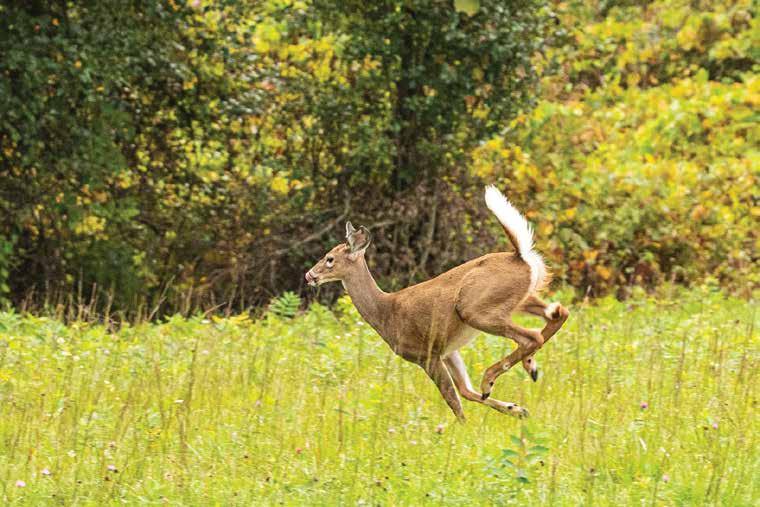© Steve Crosby
Reenactor Steve Crosby in a coat created by Henry Cooke
Historical Costumer Henry Cooke
Recreates the Past
I
Excerpted from Journal of the American Revolution
How did you get started in this unusual business? It started out as a practical matter – I got into reenacting in 1974 and needed clothing. My mother was a sewing teacher and dressmaker, but the only patterns I could 16
Discover CONCORD
| Spring 2020
get were from the publication Sketchbook ’76, which had rough patterns and minimal information, and no instructions. As time went on, I got involved in creating the 10th Massachusetts Regiment in 1977 and had guys who needed uniforms. The only supplier we knew was in New Jersey and his quality didn’t seem too good, and I said I could do better, and so started making uniform clothing for the guys in my unit. Word spread, and I started making clothing for others. Meanwhile, as an undergrad at Tufts University, I changed Henry Cooke majors from geology to history, and began to learn how to do documentary and material cultural research and began to understand better how clothing of the Revolutionary era was constructed. I decided that I wanted to get into the heads of the tailors of the past to better understand their techniques and technology and began to use my historian skills to do
primary source research and began to visit museums to study original garments. I will always be grateful to the generosity of those curators who welcomed me into their institutions and allowed me hands-on freedom to study garments, taking notes and occasionally patterns. Your work requires a combination of historical research and craftsmanship. How do you apportion your time between these two distinct pursuits? It depends on the project. Some require more research than others, and often for museum figures, the research has already been done, and I just need to learn more about the clothing and its construction finishing and embellishment and find sources for the materials needed to do the job.In other cases, I need to do considerable research to literally develop a description of an ensemble for a specific persona, and the individual garments and accessories within it. In the case of a military figure, this might also require determining the proper equipment and arms and then finding sources for them.
Henry Cook photo ©Todd Andrlik. Used with permission from Journal of the American Revolution
If he had lived in the eighteenth century, Henry Cooke would have been called a Master Tailor. Today we call him a Historical Costumer, but his tailoring is no less masterful. In an era when all clothing was hand- made, proper fit was important. Achieving the right fit and the right look means understanding the way clothing was constructed. Cooke has made a livelihood out of studying original garments, finding the best materials, and mastering the techniques of measurement, cutting and construction that make reproduction clothing look like the real thing; if you’ve been to a museum, a site with historical interpretation, or a reenactment, you may have seen his work or at least seen his influence. Journal of the American Revolution interviewed him about his remarkable profession.















